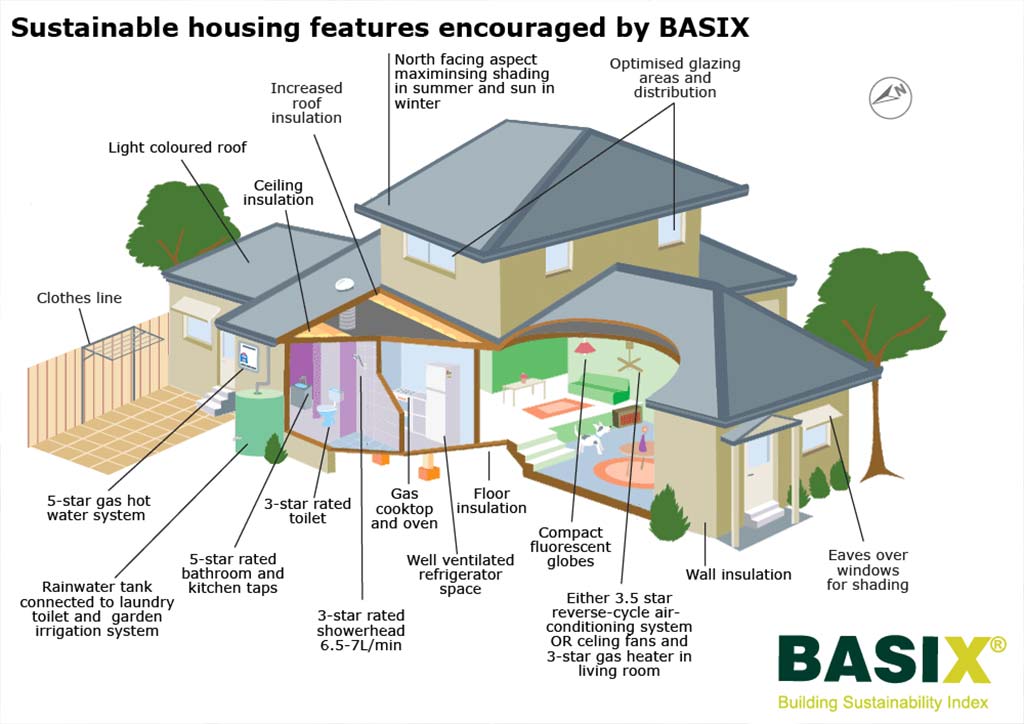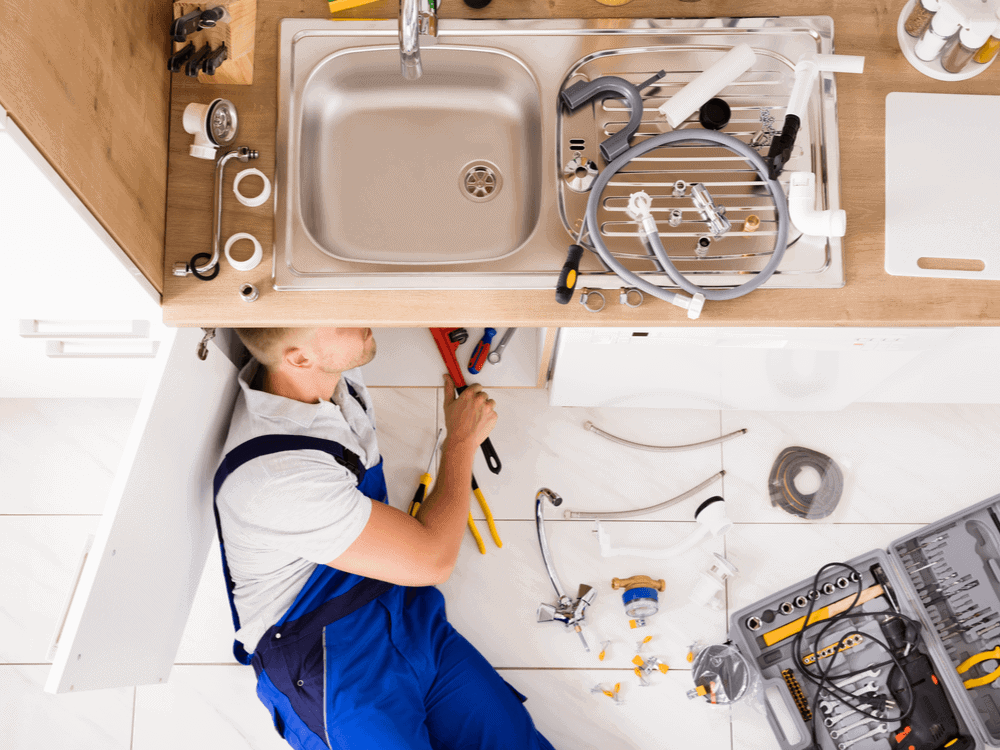The Complete Guide to Your Property's Plumbing System Anatomy
The Complete Guide to Your Property's Plumbing System Anatomy
Blog Article
They are making a number of good observations about Exploring Your Homes Plumbing Anatomy overall in the article in the next paragraphs.

Comprehending just how your home's plumbing system works is necessary for each house owner. From providing clean water for drinking, cooking, and bathing to securely getting rid of wastewater, a properly maintained pipes system is crucial for your family's health and comfort. In this comprehensive guide, we'll check out the elaborate network that comprises your home's plumbing and deal pointers on maintenance, upgrades, and dealing with typical problems.
Introduction
Your home's plumbing system is greater than just a network of pipelines; it's a complicated system that guarantees you have accessibility to clean water and effective wastewater elimination. Knowing its elements and exactly how they interact can aid you prevent costly repair services and guarantee everything runs efficiently.
Standard Parts of a Plumbing System
Pipes and Tubes
At the heart of your pipes system are the pipes and tubing that carry water throughout your home. These can be made from different materials such as copper, PVC, or PEX, each with its advantages in regards to sturdiness and cost-effectiveness.
Fixtures: Sinks, Toilets, Showers, and so on.
Fixtures like sinks, bathrooms, showers, and bath tubs are where water is utilized in your house. Recognizing just how these fixtures connect to the pipes system helps in diagnosing issues and preparing upgrades.
Shutoffs and Shut-off Points
Shutoffs control the flow of water in your plumbing system. Shut-off shutoffs are critical throughout emergency situations or when you require to make fixings, enabling you to isolate parts of the system without disrupting water flow to the whole house.
Water Supply System
Main Water Line
The primary water line attaches your home to the metropolitan supply of water or a private well. It's where water enters your home and is dispersed to numerous fixtures.
Water Meter and Pressure Regulatory Authority
The water meter procedures your water usage, while a pressure regulatory authority makes certain that water streams at a safe stress throughout your home's pipes system, preventing damages to pipes and components.
Cold Water vs. Warm water Lines
Recognizing the distinction between cold water lines, which provide water directly from the primary, and warm water lines, which lug warmed water from the water heater, assists in troubleshooting and planning for upgrades.
Drain System
Drain Pipes Pipeline and Traps
Drain pipelines lug wastewater away from sinks, showers, and bathrooms to the drain or septic system. Traps prevent drain gases from entering your home and likewise trap debris that might trigger blockages.
Ventilation Pipes
Ventilation pipes allow air into the drainage system, preventing suction that can reduce water drainage and create catches to vacant. Correct air flow is vital for preserving the stability of your plumbing system.
Significance of Appropriate Drainage
Ensuring correct water drainage stops back-ups and water damage. Routinely cleaning drains pipes and preserving traps can prevent costly repairs and expand the life of your pipes system.
Water Heating System
Sorts Of Hot Water Heater
Water heaters can be tankless or standard tank-style. Tankless heaters heat water as needed, while storage tanks store warmed water for immediate usage.
Exactly How Water Heaters Attach to the Plumbing System
Comprehending exactly how water heaters connect to both the cold water supply and warm water circulation lines assists in identifying concerns like not enough warm water or leakages.
Maintenance Tips for Water Heaters
Frequently flushing your hot water heater to get rid of sediment, examining the temperature settings, and inspecting for leaks can expand its life-span and enhance energy efficiency.
Usual Pipes Issues
Leaks and Their Causes
Leakages can happen because of maturing pipes, loosened installations, or high water stress. Resolving leakages immediately protects against water damages and mold development.
Clogs and Clogs
Blockages in drains pipes and bathrooms are frequently caused by purging non-flushable products or a buildup of oil and hair. Utilizing drainpipe screens and being mindful of what drops your drains pipes can stop blockages.
Indications of Pipes Problems to Expect
Low tide stress, sluggish drains, foul odors, or abnormally high water expenses are indicators of potential pipes troubles that must be addressed promptly.
Plumbing Upkeep Tips
Regular Examinations and Checks
Schedule yearly pipes evaluations to catch problems early. Look for indications of leakages, corrosion, or mineral accumulation in taps and showerheads.
DIY Maintenance Tasks
Basic jobs like cleansing faucet aerators, checking for bathroom leaks utilizing color tablet computers, or insulating subjected pipes in cold environments can prevent major pipes concerns.
When to Call an Expert Plumbing Professional
Know when a plumbing issue requires professional experience. Attempting complicated repair services without correct expertise can lead to more damages and greater fixing costs.
Upgrading Your Pipes System
Factors for Upgrading
Upgrading to water-efficient fixtures or replacing old pipes can enhance water quality, decrease water expenses, and boost the worth of your home.
Modern Pipes Technologies and Their Advantages
Check out innovations like smart leakage detectors, water-saving toilets, and energy-efficient hot water heater that can save cash and minimize environmental influence.
Expense Considerations and ROI
Determine the in advance costs versus long-term cost savings when thinking about plumbing upgrades. Many upgrades spend for themselves via minimized utility bills and fewer repairs.
Ecological Influence and Preservation
Water-Saving Fixtures and Devices
Mounting low-flow taps, showerheads, and bathrooms can considerably reduce water use without giving up performance.
Tips for Reducing Water Use
Basic practices like repairing leakages without delay, taking shorter showers, and running full lots of laundry and dishes can preserve water and reduced your utility expenses.
Eco-Friendly Plumbing Options
Consider lasting plumbing products like bamboo for floor covering, which is durable and environmentally friendly, or recycled glass for countertops.
Emergency Preparedness
Actions to Take During a Pipes Emergency situation
Know where your shut-off valves lie and how to switch off the supply of water in case of a burst pipeline or major leakage.
Significance of Having Emergency Situation Calls Handy
Maintain get in touch with information for neighborhood plumbing professionals or emergency solutions readily offered for quick response throughout a plumbing crisis.
Do It Yourself Emergency Situation Fixes (When Appropriate).
Temporary repairs like using duct tape to spot a dripping pipe or positioning a container under a trickling faucet can decrease damage up until a specialist plumbing gets here.
Conclusion.
Comprehending the anatomy of your home's plumbing system encourages you to keep it efficiently, conserving money and time on repair work. By adhering to regular maintenance routines and remaining informed regarding modern-day pipes technologies, you can guarantee your pipes system operates effectively for several years ahead.
HOW YOUR PLUMBING SYSTEM WORKS
Which Pipes Do What?
Blue lines = fresh water supply entering the building
Red lines = hot water supply entering the building
Grey lines = pipes carrying waste away from the building and venting pipes carrying gases away from the building (through the roof)
YOUR MAIN PLUMBING SYSTEMS
There are two main plumbing systems that support your home s basic plumbing needs one that brings clean water into your home, and one that sends dirty water away from your home. Connected to the toilet, bath, shower, and other faucets in your home, these two systems keep your water flowing in the right directions.
ACCESSING FRESH WATER
Fresh and clean water is brought into your home through the main water supply line . Filtered through one pipe, this water is pressured to flow into the various fixtures in your home at any given time.
This water can be sourced from a well located on your property, a pond or river (mostly cottages), or, as in most cases, from the city s municipal water treatment centre. However, it is important to note that water that is untreated, such as the water siphoned from ponds or rivers, may not be safe to drink. Personal water supplies always need to be treated for hardness and contaminants before consumed.
MUNICIPAL WATER SUPPLIES
Improve taste and odour
Remove sediment
Eliminate hardness
Reduce chlorine
COLD WATER SUPPLY VS. HOT WATER SUPPLY
Cold water flows into your home or building through the service line, which then distributes hot or cold water to your fixtures. This line is most commonly run through a central column that runs floor to floor. Hot water runs in short and straight pipes as the longer the pipeline, the more heat that will be lost in the transfer. Having shorter pipes also allows residents to access hot water more quickly.
WASTE WATER SYSTEM
Your wastewater system is divided into two parts pipes that send wastewater away from your home and venting pipes that send sewer gas away from your home. Sewage water travels through pipes that flush the water and waste towards local sewers that are operated and managed by your city or town. Most sewer systems rely on gravity to move the wastewater to where it needs to go.
The further away from your toilet or sink, the larger wastewater pipes become. This allows for waste to be disposed of from various parts of your home or business at once without pipe blockages. The angle and flow of these pipes are also essential for keeping your waste pipes clear of build up.
https://harrisplumbing.ca/how-your-home-plumbing-system-works/

HOW YOUR PLUMBING SYSTEM WORKS
Which Pipes Do What?
YOUR MAIN PLUMBING SYSTEMS
There are two main plumbing systems that support your home s basic plumbing needs one that brings clean water into your home, and one that sends dirty water away from your home. Connected to the toilet, bath, shower, and other faucets in your home, these two systems keep your water flowing in the right directions.
ACCESSING FRESH WATER
Fresh and clean water is brought into your home through the main water supply line . Filtered through one pipe, this water is pressured to flow into the various fixtures in your home at any given time.
This water can be sourced from a well located on your property, a pond or river (mostly cottages), or, as in most cases, from the city s municipal water treatment centre. However, it is important to note that water that is untreated, such as the water siphoned from ponds or rivers, may not be safe to drink. Personal water supplies always need to be treated for hardness and contaminants before consumed.
MUNICIPAL WATER SUPPLIES
COLD WATER SUPPLY VS. HOT WATER SUPPLY
Cold water flows into your home or building through the service line, which then distributes hot or cold water to your fixtures. This line is most commonly run through a central column that runs floor to floor. Hot water runs in short and straight pipes as the longer the pipeline, the more heat that will be lost in the transfer. Having shorter pipes also allows residents to access hot water more quickly.
WASTE WATER SYSTEM
Your wastewater system is divided into two parts pipes that send wastewater away from your home and venting pipes that send sewer gas away from your home. Sewage water travels through pipes that flush the water and waste towards local sewers that are operated and managed by your city or town. Most sewer systems rely on gravity to move the wastewater to where it needs to go.
The further away from your toilet or sink, the larger wastewater pipes become. This allows for waste to be disposed of from various parts of your home or business at once without pipe blockages. The angle and flow of these pipes are also essential for keeping your waste pipes clear of build up.
https://harrisplumbing.ca/how-your-home-plumbing-system-works/
Hopefully you enjoyed our piece on The Inner Workings of Your Home's Plumbing. Thanks for spending some time to read through our content. Sharing is good. Helping people is fun. We love your readership.
Get Your Estimate Now Report this page